Accessory Dwelling Units In Greenwich
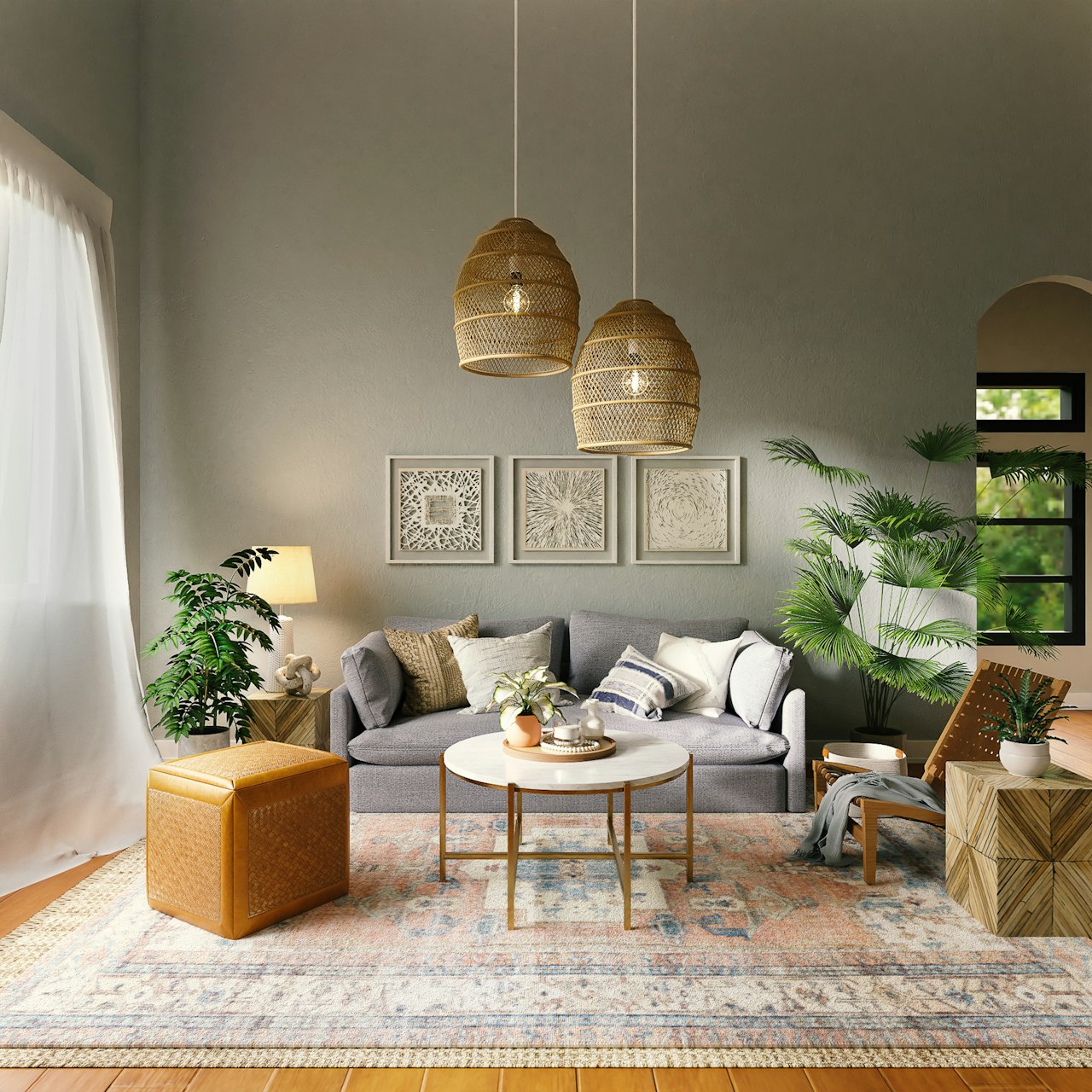

(The below is the handout for my presentation at the Greenwich Library on 4/2/24 with Fred Camillo, First Selectman of Greenwich and Sheri Koones, author of “ADUs: The Perfect Housing Solution” available at Diane’s Books and Amazon.)
The New Regulations
by Mark Pruner
The Author’s Series
Greenwich Library - Black Box Theater
April 2, 2024, 7:00 – 8:00 pm
Accessory – Smaller than main unit: 800 – 1,200 s.f. if separate or 35% of house
Dwelling – Can have a kitchen
Unit – A separate unit with separate entrance
ADU’s vs Rentals
If you own a house, there are several ways that you can make money off of your property without selling your house. The Greenwich Planning and Zoning Commission regulations allow anyone to rent their house without a permit in every zone in Greenwich. Many people do rent to roomers and that number increased substantially during Covid. You can rent all your house or just a part of it for months or years. (If you are going to do short term rentals, ala Airbnb, then you do need to check with P&Z, since these are regulated.)
Accessory Dwelling Units can be in either a standalone structure or be within your present house. Accessory dwelling units, as the name implies, are accessory to the main house. Many of them are a part of a house with a separate entrance that homeowners rent out. The thing that distinguishes an ADU from a rental is the fact that the accessory dwelling unit is allowed to have a full kitchen. Normally in our residential zones you’re restricted to a single-family residence and the prime distinguishing characteristics of a single-family residence is that it has a single kitchen.
To encourage more housing the Connecticut Legislature passed a law mandating ADU’s, but the new law allowed each town the right to opt out of these new state requirements, which Greenwich did, since Greenwich had had 3 different types of ADU’s for decades.
Our new ADU regulation, adopted in July 2022 is actually more generous than the state’s but then the average Greenwich house is substantially larger than the average house in Connecticut.
The Connecticut law was passed to encourage more housing units at more reasonable prices. Here in Greenwich, there isn’t a limit on what rent can be charged, however, due to their size these our ADU’s will be some of the more affordable units in town.
In the new regulation, P & Z has greatly simplified the process to get an ADU and broadened its application to all homeowners and houses in Greenwich. Previously you could only have an ADU if the owner was over 62, or the owner was handicapped, or if the unit was rented out at a statutorily defined affordable price. Back in July of 2022 P & Z consolidated all these regulations into one and got rid of those restrictions. Today to create an ADU all you need to do is to file an application with the planning and zoning staff along with the requisite documents. The staff can review it and approve it if it meets the ADU requirements.
One of the primary requirements is that the accessory dwelling unit, if it is in a separate structure has to be less than 800 square feet in zones smaller than a quarter acre (the R-12 zone). In the half acre and one-acre zones, the maximum size for the separate structure is 1,000 square feet. In the two and four-acre zones your free standing ADU can be up to 1,200 square feet.
If you build the ADU within your present house, it can be up to 35% of the size of the structure. So, if you are living in a 10,000 square foot house and your beloved mother-in-law comes to live with you, you could create an ADU of up to 3,500 square feet for.
We have 98 ADU under the prior regulations which you’ve been in effect for a few decades. Don’t expect to see an explosion of ADUs under this new easier regulation. The primary reason for that is that in order to have an ADU, the owner has to be in residence. They have to live in either the primary residence, or in cases where people are looking for additional income, particularly seniors that need more income, they can live in the accessory unit. Once again, the accessory unit can be either in the house or as a separate structure in the backyard. The homeowners don’t have to be there every day. if you spend the winters in Florida, it still counts as an owner resident property and qualifies under the ADU regs.
Also, there is no requirement that you actually rent out your ADU. If you want to build a 1,200 square foot pool house and include two bedrooms and a kitchen on a two-acre lot in mid country, subject to planning and zoning approval, you’re free to do so. Such an approved unit will add value to your property whether it is rented or not. The end result is additional income and higher property values, with minimal impact on the primary residence.
Stay up to date on the latest real estate trends.
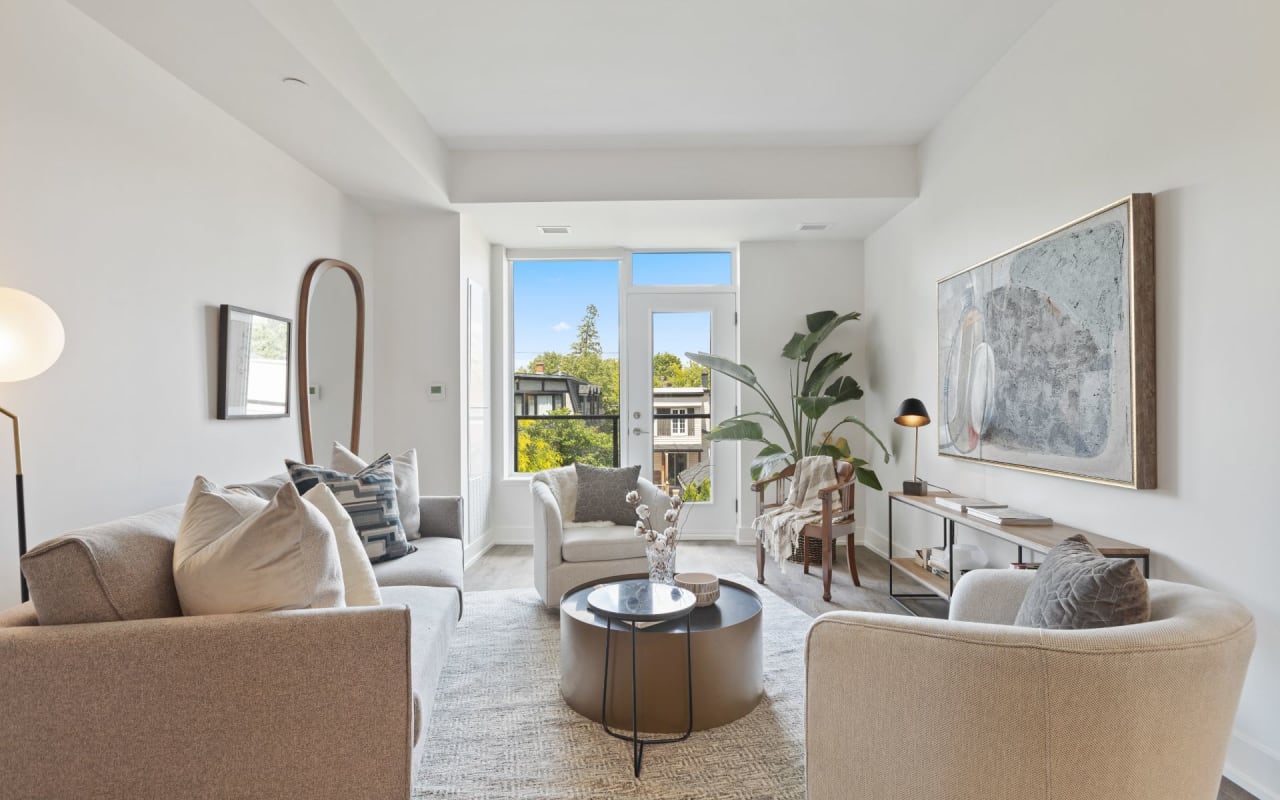
The Lower You Price Your House the More Money You’ll Make


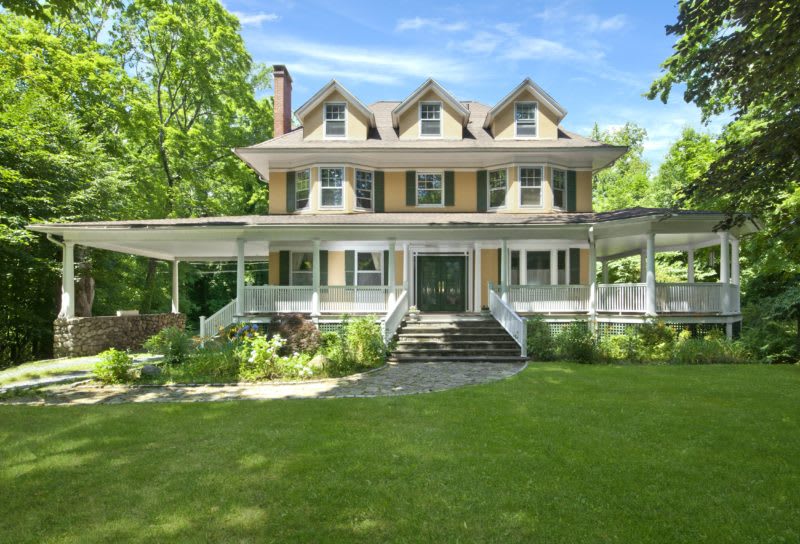


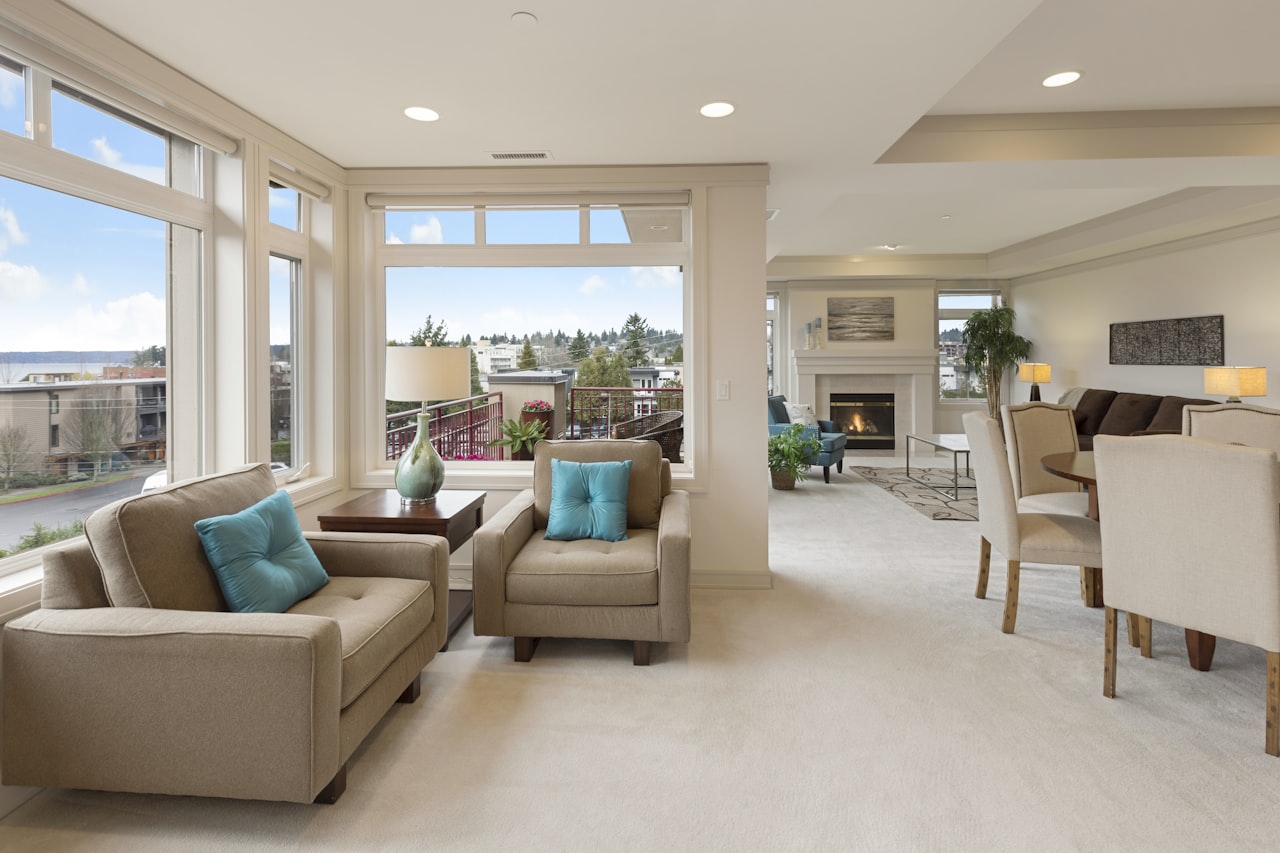

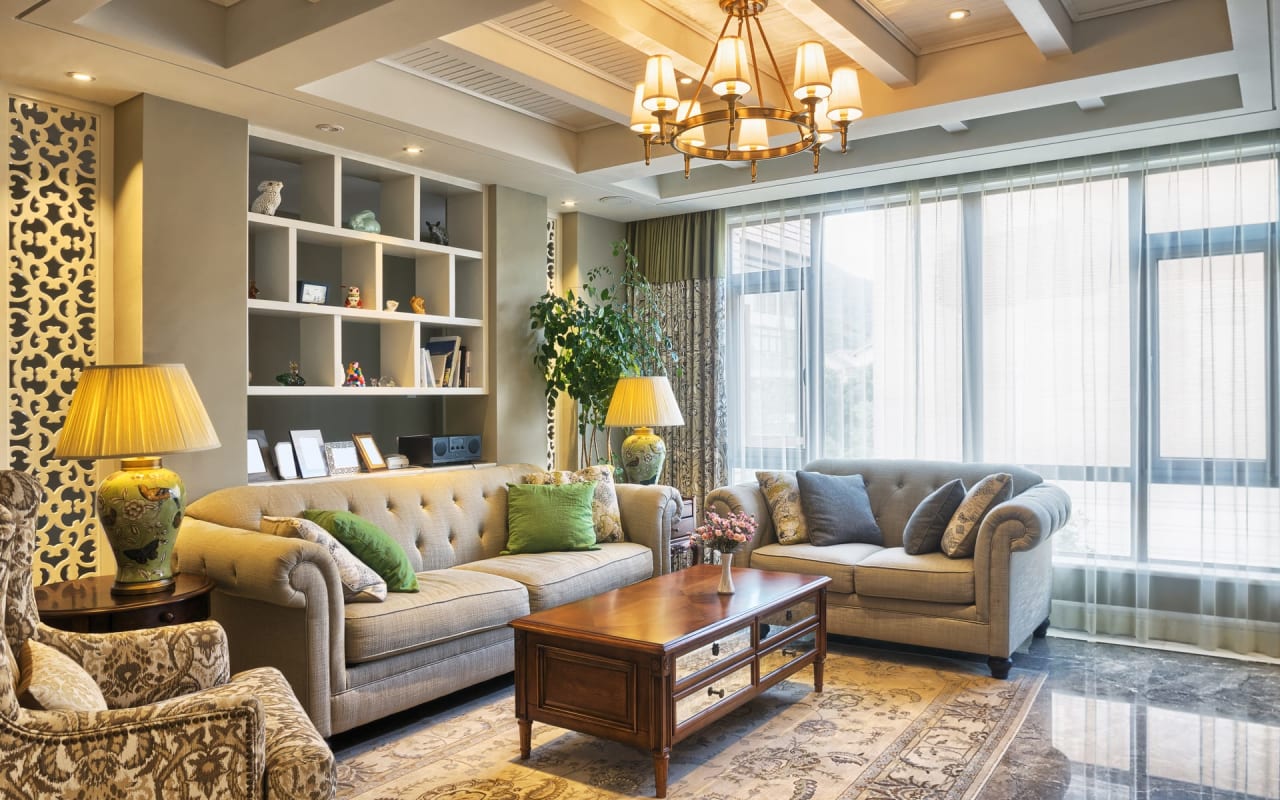
Single- Family Homes | Houses | Condos
We are a dedicated group of Greenwich natives. We have a deep passion for our hometown and enjoy everything the town offers its residents from the beach front to the backcountry. That is why we don’t find you just any home, we find you the right home.